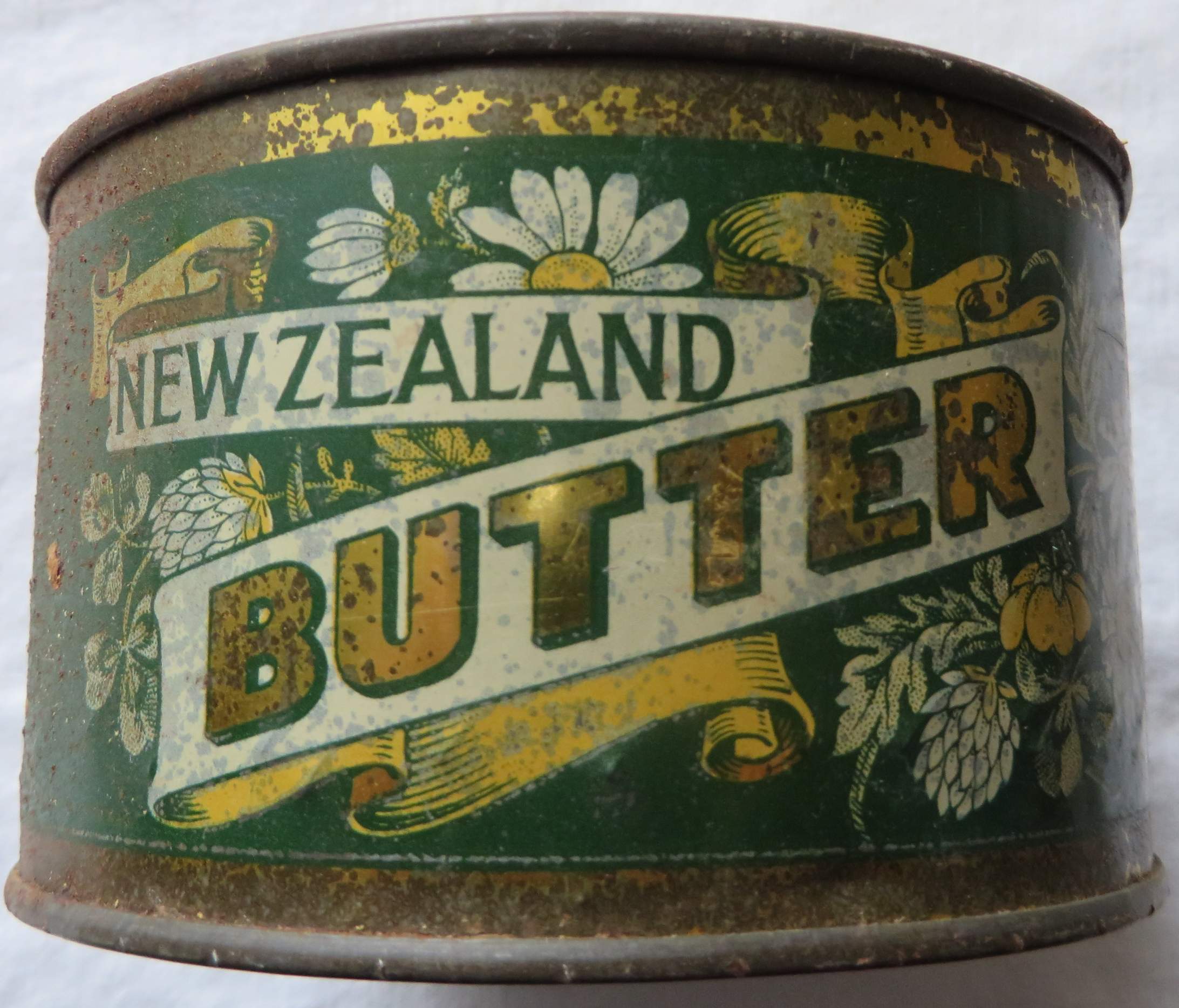EU weighs up possible trade deal with world No.1 dairy exporter
Dairy Markets | 16 July 2015
EU weighs up possible trade deal with world No.1 dairy exporter
The European Commission is examining the possibility of a new trade deal with mega dairy exporter New Zealand, it has emerged.
By Paul Hutchison & Richard Dillon
The move may be part of a new ‘communication’ on future EU trade policy, set to be published this autumn, reports Agra Europe’s Paul Hutchison.
It would also include a possible deal with Australia. Details are being worked on by EU Trade Commissioner Cecilia Malmström and her team. They will look at all sectors including agriculture and seek input from stakeholders.
New Zealand is keen. A trade minister, Todd McClay, said recently the country hopes to launch negotiations on an EU free trade agreement (FTA) “in the near future”.
Both Australia and New Zealand export agricultural products to the EU, with New Zealand’s exports dominated by farm goods.
The EU is New Zealand’s third largest trading partner after Australia and China, with bilateral goods trade (both ways) totalling EUR7.9 billion last year. Relations are currently based on a 2007 declaration.
The EU is Australia’s third largest trading partner after China and Japan. Total bilateral goods trade amounted to EUR38.7 billion last year. The current relations are governed by a 2008 agreement.
The EU dairy industry has become accustomed to regular shipments of New Zealand butter, with the country having its own EU tariff rate quota (TRQ) for a total 74,693 tonnes a year, at a preferential rate of EUR70 per 100 kilogram.
Yet with the butter TRQ split in two (for January-June and July-December) and New Zealand output peaking in September-January, the country imports most early each year, before EU production starts to peak. Exporters are also keen to offload fats to world markets at this time.
EU-NZ trade analysis
Imports of NZ butter by the EU have averaged 34,000 tonnes a year for the past five years, but 2015 has been a little different, writes Richard Dillon.
The Russian crisis and milk glut have conspired to ramp up EU butter production, resulting in New Zealand only importing 4,000 tonnes in the first four months of this year (compared to 27,000 tonnes in the same period in 2014). Overall EU exports to New Zealand last year – all dairy categories – were worth around EUR30 million.
But if there is a ‘dairy deficit’ between the countries, another interesting trend is emerging: New Zealand dairy companies now export almost as much product from Europe as they do to Europe. The claim was made by associate trade minister McClay at the recent opening in the Netherlands of a dairy processing plant owned, as part of a joint venture, by New Zealand’s biggest trading operator Fonterra.
He said: “The collaboration between Fonterra and [its Dutch partners] A-Ware is exactly the kind of cooperation we would like to see more of under an EU-New Zealand free trade agreement, which we hope to launch in the near future.”
In other words: what is good for New Zealand in future could also be good for Europe. Milk from EU farms will find its way to China and other parts of the world, courtesy of the world’s biggest, most successful dairy exporter – boosting farm incomes and creating extra jobs in processing.
A ‘quid pro quo’ could be what the minister has in mind. But of course it must benefit both sides, and the long-term viability of Europe’s farming sector, particularly the dairy industry, is one thing EU trade negotiators will keep firmly in mind.
An average of 2,800 tonnes of Australian cheddar a year has been imported by EU countries over the past five years. The EU exports far greater volumes to Australia: an annual 15,600 tonnes of cheeses of all types, but mainly hard and semi-hard varieties.
Japan FTA talks
Japan has suffered a severe butter shortage recently, opening up the market to greater imports. It is a market currently dominated by New Zealand.
The EU and Japanese negotiators held the 11th round of negotiations on a bilateral FTA in Brussels last week (July 6-10). The talks were held somewhat under the radar, with no press material issued by the Commission, and it seems there were no big breakthroughs, according to Agra Europe.
Various non-tariff barriers prevent many EU companies from entering the Japanese market, including for agriculture. Strong pressure from Japan’s agri-food industry means the country is not currently offering tariff removal for EU products such as pigmeat, beef and cheese.
Both sides have repeatedly stated the aim of concluding an FTA and a wider ‘Strategic Partnership Agreement’ by the end of 2015, despite a number of “outstanding differences”.
A Commission spokesperson told Agra Europe that the 11th round brought “progress” but that if the negotiations are to be finalised anytime soon, they must speed up.
“Both sides have their individual sensitivities be it in the area of industrial or agricultural products. We aim at full tariff elimination with Japan, while being ready to consider specific alternative solutions for the most sensitive agricultural products as identified by the Japanese diet,” said the spokesperson.
“These include meat, sugar, rice, dairy, wheat. Some of these products are important export interests for the EU and, therefore, while we can be flexible we need to find solutions that can lead to substantially improved market access for EU exporters.”






